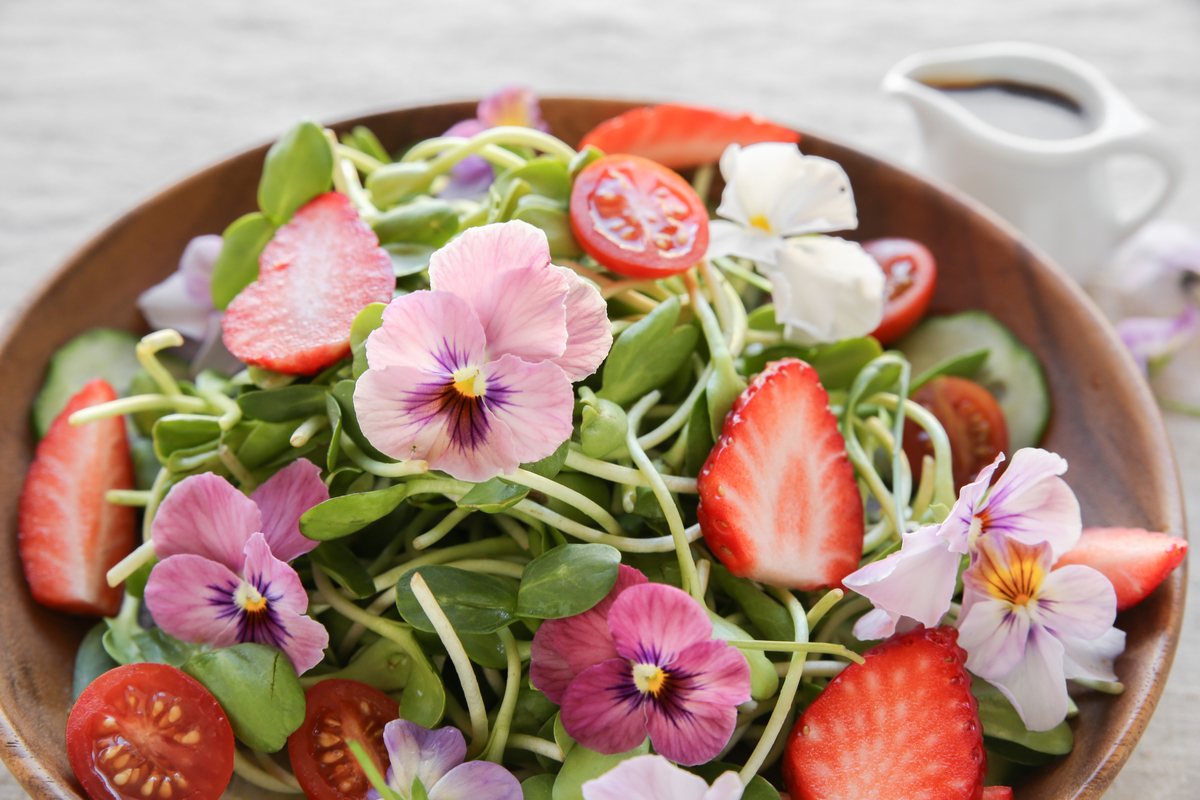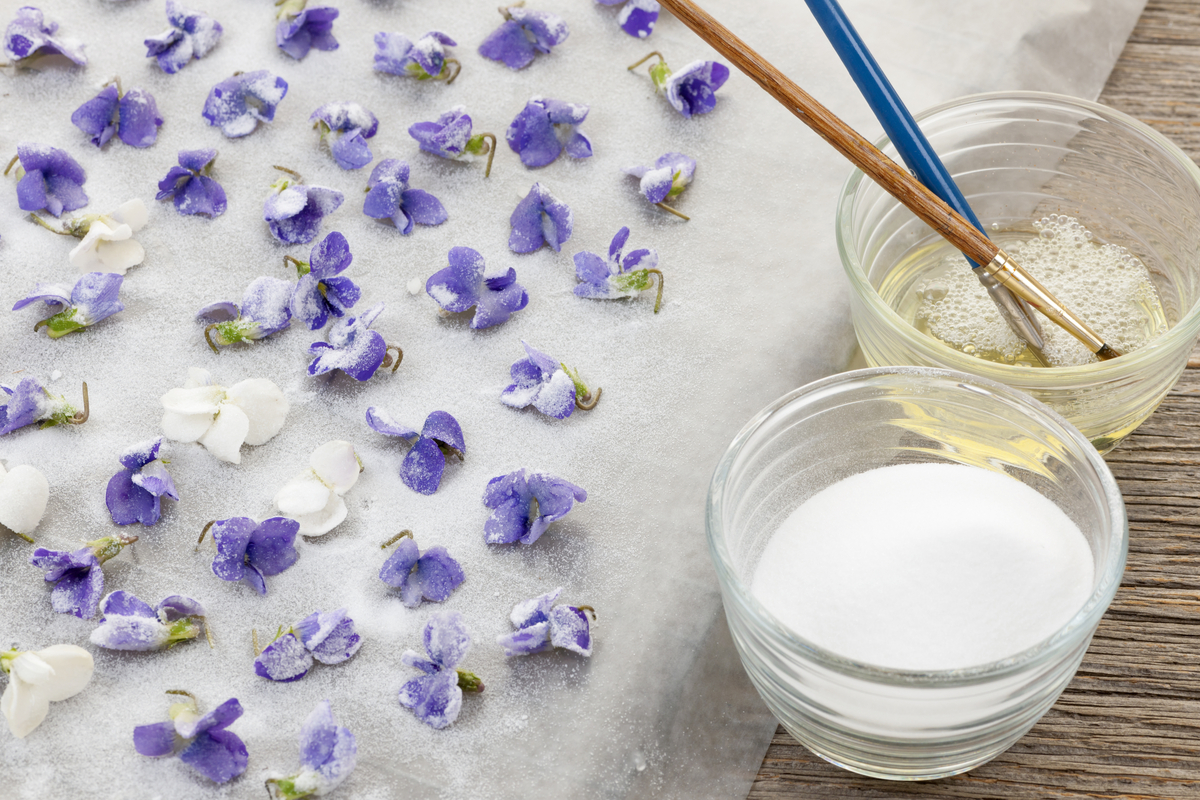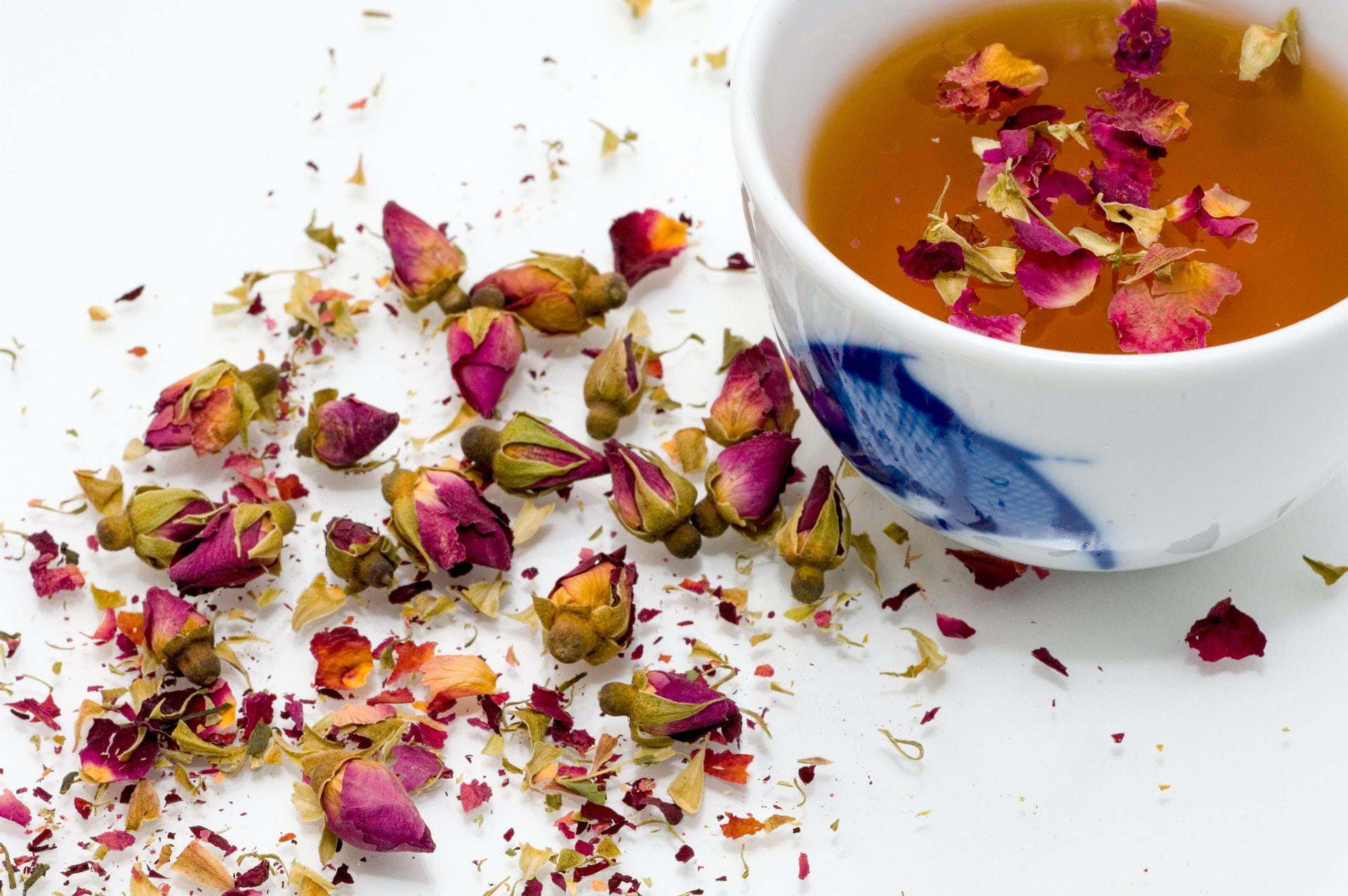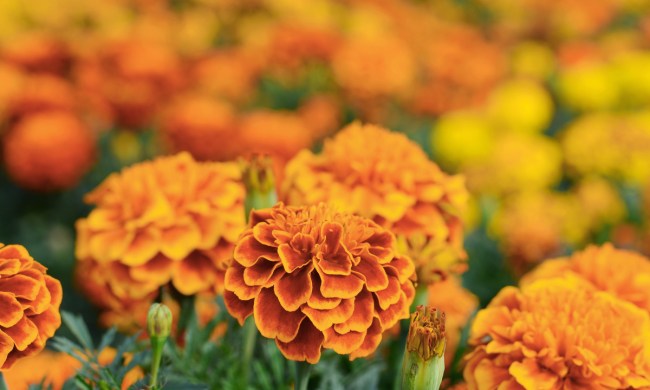Flowers look lovely in your garden or on your windowsill, but they can look just as good on your plate! If you’ve been growing and keeping edible flowers, and you’re on the fence about moving them to your plate, here’s the most important information for you to know.
What flowers are edible?
There are a wide variety of edible flowers, but before we get into that list it’s important to talk about when not to eat a flower. Never eat a flower unless you are absolutely certain of what it is and what products may have been used on it. A flower that’s been treated with chemicals is a flower you do not want to eat! You also want to keep any allergies you have in mind. If you have severe pollen allergies, you should consult with your doctor before eating flowers, to make sure it’s safe for you.

Having said all that, here’s the fun part! Some of the most common edible flowers are carnations, clovers, daisies, dandelions, gladiolus, hibiscus, honeysuckle, kudzu, lavender, lilac, mums, nasturtium, pansies, roses, sunflowers, violets, and zucchini.
Not all parts of all of these plants are edible, however. Dandelions are entirely edible, from roots to blooms, although you want to eat the flowers while they’re yellow. Gladiolus, on the other hand, are mostly poisonous, with only the flower petals being edible. In addition to knowing which parts are edible, you want to be sure you’ve carefully washed any parts you’re going to eat.
How can I keep them fresh longer?
Flowers that have been picked but not preserved last only a few days to a week. However, you can extend that in a few different ways.
Store your flowers in an airtight container in the refrigerator. You can also add a slightly moist paper towel to help keep them hydrated. This can extend the shelf life of flowers to about a week.

Candying your flowers preserves them and prepares them for use primarily in baked goods. You can candy them by brushing them gently with a mixture of egg whites and water, with an optional sugar sprinkle over top.
Jams, jellies, preserves, and pickling are all ways to both preserve and serve edible flowers. When stored properly, jams, jellies, preserves, and pickled flowers can last for a month or longer, depending on the process used and how fast you eat them.
The best way to keep them fresh, though, is to leave them on the plant until you’re ready to eat them! If you absolutely can’t, though, you can still keep them for another week or two as cut flowers in water. This is a great way to extend the freshness of your flowers and display them! If they start to wilt before you’re ready, cut the last inch or two off the bottom of the stem and refresh the water. They should perk back up quickly.
What can I do with edible flowers?
There are a lot of things you can do with edible flowers! Just about any of the flowers listed can be eaten raw, with varying degrees of pleasant taste and texture, and salads are a great way to make use of them.
Lavender is especially good in baked goods, and candied violets are a beautiful and tasty decoration for cupcakes and cookies. You can even use edible flowers in ice cream! White chocolate lavender ice cream is a delicious treat, and that’s just one possible flavor.
Some flowers taste great when fried. Kudzu and zucchini flowers can both be fried for a crunchy, unique experience.

If you’re in the mood for a drink, try hibiscus or rose tea! Hibiscus tea has a rich flavor, while rose tea is a little more delicate. You can also add flowers to your cocktail, if you’re legally able to drink, for a pretty and edible garnish. You can also enjoy flowers in your coffee or hot chocolate! Lavender and lilac in particular add a light taste and aroma to these rich drinks.
If you’d like something a little more savory, try adding flowers to your favorite meals! Try some dandelion and spinach manicotti, or perhaps add some nasturtium to a pizza or pasta sauce. You could even add them to soup.
Edible flowers are a great way to add some color, fun, and flavor to any meal or beverage. Now that you know how to properly store them and keep them fresh, you’re ready to impress your friends, family, and even yourself!



